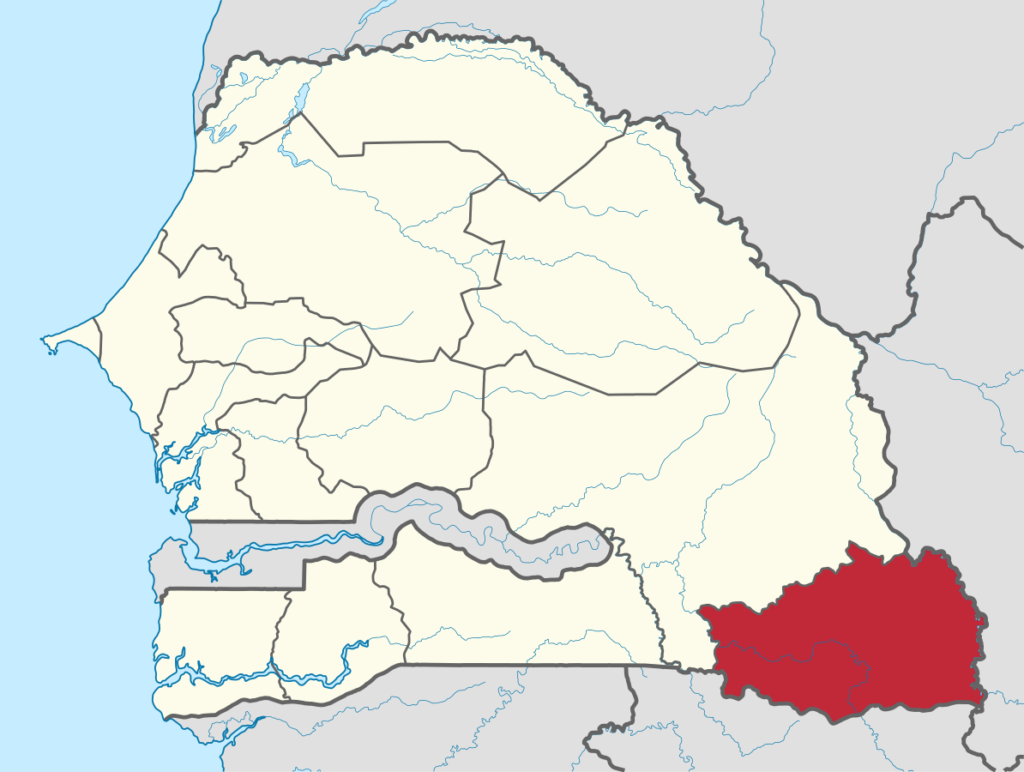
Paid in capital in excess of par is created when investors pay more for their shares of stock than the par value. Paid-in capital is the total amount received by a company from the issuance of common or preferred stock. It is calculated by adding the par value of the issued shares with the amounts received in excess of the shares’ par value.
MANAGING YOUR MONEY
You can find paid in capital listed under the stock holder’s equity or additional paid-in capital. After reading this article you will have the knowledge to reduce paid in capital. Paid-in capital excess of par is the amount a company receives from investors in excess of its stated par value. For example, if a company issues 100 shares at $10 par value for $15, the $500 difference is credited under stockholders’ equity as paid-in capital excess of par. At the time of incorporation of company promoters and investors purchase the shares of the company. The amount of capital in excess of par is recorded in the additional paid-in capital account, and has a credit balance.

How to Calculate Paid-In Capital by Looking at the Balance Sheet
The retirement of treasury stock reduces the PIC or the total par value and APIC. For common stock in most corporations, paid-in capital consists of the stock’s face value added to the additional paid-in capital amount. To analyze McDonald’s aggressive share repurchase strategy further, you’d evaluate the company’s debt service coverage ratios and its ability to execute growth plans given the large debt balance. The composition of a company’s capital affects its financial health, its flexibility to pursue growth initiatives, and its cost of operations. Often, capital structure analysis focuses on the company’s use of debt vs. equity.
How to Find Paid-In Capital on the Balance Sheet
To reiterate, the APIC account can only increase if the issuer were to sell more shares to investors, in which the issuance price exceeds the par value of the shares. When a private company decides to go public in an initial public offering (IPO), its equity is offered to the public for the first time. The additional paid-in capital (APIC) represents the excess amount paid in total by investors above the par value of a company’s shares. In conclusion, the total paid-in capital from our hypothetical transaction is $100k, composed of $100 in common stock (par value) and $99.9k in additional paid-in capital (APIC). The paid-in capital reflects the total capital contributions received from shareholders from raising capital through the issuance of equity. The sum of common stock and additional paid-in capital represents the paid-in capital.
First, we subtract the par value (or the price the company originally set when the market opened) from the issue price (which is the price the market actually paid). Therefore, the company’s balance paid in capital in excess of par sheet itemizes $1 million as “paid-in-capital,” and $10 million as “additional paid-in capital”. An increase in paid-in capital is another possible reason for an increase in stockholders’ equity.
The amount shows as a negative value on the balance sheet, reducing shareholders’ equity. While companies often break out these par values, the additional paid-in capital line usually includes the aggregate balance across all share classes, common or preferred. As you might guess, younger companies can have high paid-in capital balances coupled with low to no earned capital. Prospective investors, at some point, will become less interested in new stock issues unless the company can prove the business model generates profits. Paid-in Capital in Excess of Par Value in increased inaccounting records when the value of a corporation’s shares exceedsthe par value of those shares.
- Any new issuance of preferred or common shares may increase the paid-in capital as the excess value is recorded.
- In a company balance sheet, paid-in capital will appear in a line item listed under shareholders’ equity (or stockholders’ equity).
- Before retained earnings start building up, a large part of a company’s equity usually comes from APIC.
- Additional paid-in capital is the difference between a share’s printed value and the amount the share is sold on the market.
- Due to the absence of voting rights, preferred stock often has a lower potential for capital appreciation than common stock.
- First, we subtract the par value (or the price the company originally set when the market opened) from the issue price (which is the price the market actually paid).
For instance, if a company issues shares with a par value of $1.00, but the shares are sold to investors for $10.00 each, the excess paid in capital per share would be $9.00. This excess amount is then multiplied by the total number of shares sold to determine the total paid in capital in excess of par. This calculation is essential for properly recording the transaction in the company’s financial statements and for understanding the level of investment above the established baseline.
In early 2019, Beyond Meat Inc., a Los Angeles-based producer of plant-based meat alternatives, held its initial public offering. PwC refers to the US member firm or one of its subsidiaries or affiliates, and may sometimes refer to the PwC network. This content is for general information purposes only, and should not be used as a substitute for consultation with professional advisors. Generally speaking, the par value of common stock is minimal and has no economic significance.



